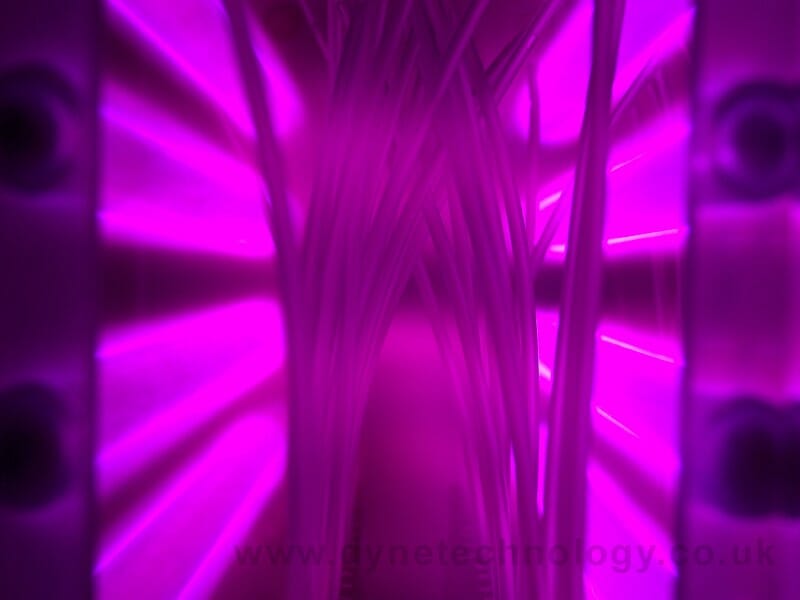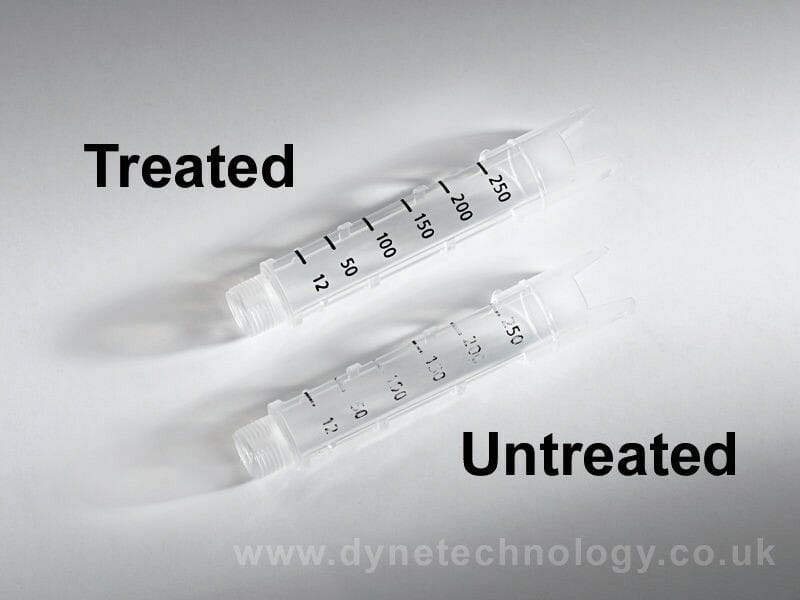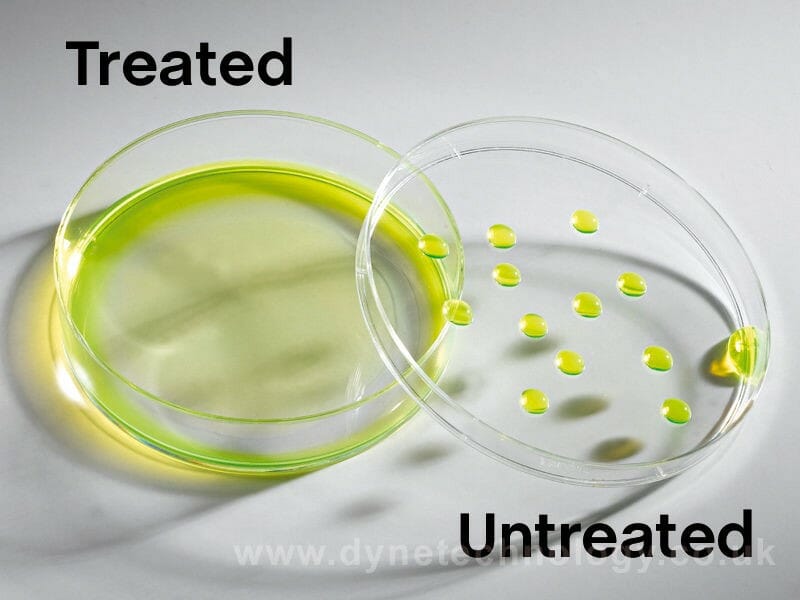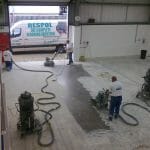Dyne Technology, the UK and Irelands No 1 supplier of Plasma Treatment technology explain how Plasma can help to solve the problems of adhesion to “non-stick” plastics.
Achieving good adhesion levels of paints, coatings, sealants and glues to traditionally “non-stick” plastics is a problem widely faced by engineers from many industries; printing inks will rub off, gaskets won’t bond and coating will not adhere. Despite problems of adhesion being wisely faced throughout engineering and manufacturing, it is a subject that is not widely discussed.
Dyne Technology, the UK and Ireland’s Number One supplier of Plasma Treatment equipment, has cemented their reputation as the experts of adhesion issues. With the Dyne Technology engineers experience spanning over forty years, many applications, industries and problems have been encountered.
So, how do you solve the problem of achieving strong adhesion to plastics when a clear majority are “non-stick”?
Traditionally “non-stick” plastics include Polypropylene (PP), Polyethylene (PE), High-Density Polyethylene (HDPE) and EPDM, all of which have a low surface energy of between 29 – 36 Dynes/cm² (mN/m).
These low surface energy materials mean that no matter how much cleaning or abrasion of the surface, they remain at best difficult or often impossible to paint, coat, print or bond to without resulting to harsh solvent based primers or high temperature flame torch treatments.
How can adhesion to these plastics and rubbers be improved?
It is widely recognised that the ideal surface to bond to should meet several important pre-requisites to achieve good adhesion and one of these important factors is wettability, which can be determined by surface energy. “Non-stick” plastics have a low surface energy, meaning getting the adhesive to spread the substrate may be an issue, never mind achieving a strong bond!
Throughout engineering, there are well known methods of increasing the surface energy and plastics and rubbers which include; hard, environmentally damaging wet chemical treatments, high temperature flame torch treatment, high voltage corona discharge and the plasma treatment of plastics. Plasma Treating plastics which is also referred to as Plasma Surface Activation is a highly effective, long lasting method of increasing the surface energy of plastics and rubbers, such as Polypropylene (PP) and Polyethylene (PE).
Which components are suitable for Plasma Treatment?
A wide range of components are suitable for Plasma Treatment including (but not limited to);
• Extruded products
• Web material
• Complex three-dimensional injection moulded parts, for example, instrument panels etc.
Environmentally friendly, economical and efficient…
Used throughout a vast amount of industries, Plasma Treating plastics and rubbers is the method of choice for solving their problems of adhesion. During Plasma Surface Activation, the component undergoes an environmentally friendly process which does not alter the bulk properties to the treated part and does not mark, discolour or damage the component in any way.
Following Plasma Surface Activation, the material will now have the required surface energy to ensure good wetting and adhesion of printing inks, paints, adhesives, and coating, etc. Once the material has undergone Plasma Surface activation, there is no need for the use of environmentally damaging solvent based pre-treatments, which has the potential to lower work place hazards and benefit your bottom line.









